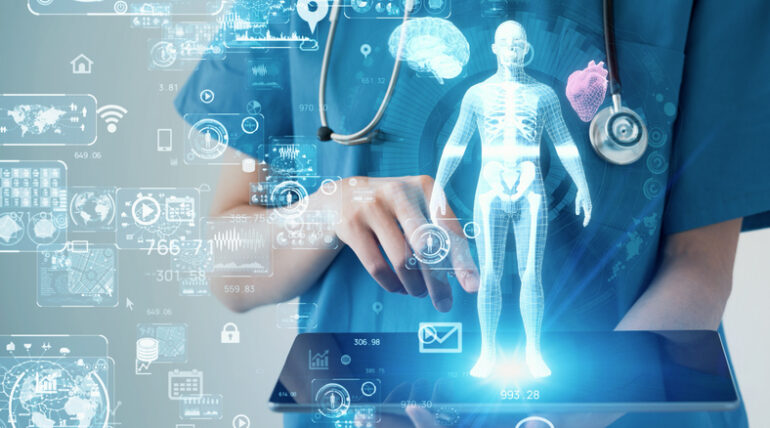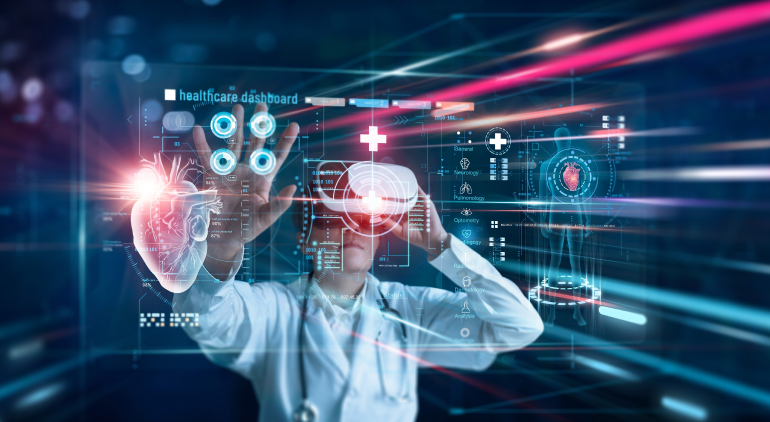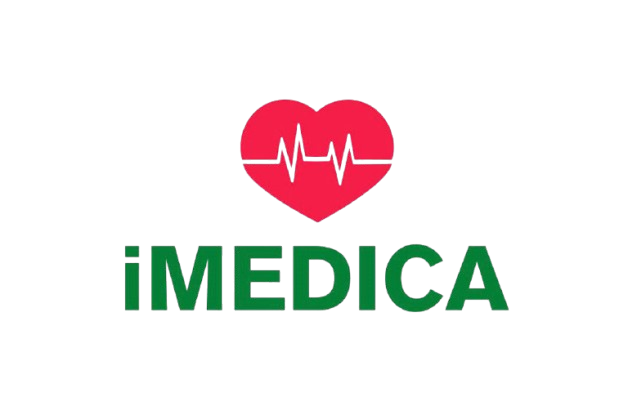
Medical education is the cornerstone upon which the entire healthcare infrastructure is built. This foundation is crucial not just for the effective practice of medicine but also for adapting to the ever-evolving scientific, technological, and societal changes we face today. However, as the world advances at an unprecedented pace, the traditional methodologies underpinning medical education reveal significant shortcomings.
Historically, medical training emphasized rote memorization and hierarchical learning structures. While these methods have their merits, they often fail to cultivate the critical thinking and adaptability required in contemporary medical practice. In this thorough exploration, we aim to highlight the key challenges of traditional medical education, the driving forces behind the need for change, and how digital innovations can effectively overhaul these systems. Our goal is to inspire key stakeholders—educators, students, healthcare professionals, and policymakers—to embrace necessary reforms to prepare future generations for the complexities of modern healthcare.

The Core Challenges of Traditional Medical Education
Despite its pivotal role, traditional medical education is hampered by several intrinsic challenges that hinder its effectiveness to adequately prepare students for practical and modern demands.
1. Outdated Learning Models
Medical schools traditionally rely on didactic teaching modes, with heavy emphasis on lectures and textbook learning. While these approaches establish a foundational understanding, they often fail to engage students in critical thinking and problem-solving.
- Practical Implications: Students could theoretically excel in pharmacology through textbook learning, yet find themselves ill-equipped when required to make medication decisions in a fast-paced clinical setting. The lack of active learning strategies limits students’ ability to apply concepts in real-world scenarios.
Furthermore, traditional assessments, often based solely on written or oral examinations, do not effectively evaluate practical competencies or soft skills such as empathy and communication.
2. Limited Practical and Clinical Exposure
Conventional medical curricula often defer hands-on clinical experiences until later stages in the training, resulting in a significant gap between theoretical learning and practical application.
- Research Insight: A survey by The New England Journal of Medicine found that nearly 50% of new medical graduates felt unprepared to handle basic clinical responsibilities, citing insufficient early exposure to actual patient care environments as a primary factor.
Such disconnects underscore the need for integrating clinical exposure early and consistently throughout medical education, to better prepare students for real-world practice.
3. Access and Equity Barriers
High academic fees and the intensive resource demands of traditional medical education limit access for many prospective students, particularly those from underprivileged backgrounds.
- Economic Impact: In developing regions, the financial burden can exclude talented individuals from pursuing medical careers, which not only impacts personal aspirations but also exacerbates healthcare workforce shortages globally.
This situation perpetuates socio-economic disparities and limits diversity in the medical profession, which is critical for fostering a healthcare workforce that is representative and culturally competent.
4. Ethical and Safety Concerns in Training
Using live patients in training raises ethical issues and potential safety hazards. The dichotomy between educational need and patient safety remains a persistent challenge.
- Clinical Safety Challenges: Training environments that involve real patients pose risks, such as students’ early mistakes impacting patient health. Also, ethical conflicts may arise over patients becoming subjects for educational purposes without adequate informed consent.
Balancing educational needs with ethical responsibilities is a challenge requiring innovative solutions that protect patient welfare while maximizing educational outcomes.
5. The Shifting Healthcare Landscape
Modern healthcare is rapidly evolving, with an increasing emphasis on interdisciplinary collaboration and technological integration. Traditional education models often fail to equip students with these necessary interprofessional skills.
- Collaborative Skills Example: Managing chronic diseases like diabetes effectively involves seamless teamwork among endocrinologists, dietitians, and general practitioners. Traditional methods, focusing on individual expertise rather than teamwork, do not prepare students for such integrated care environments.

The Imperative for Change in Medical Education
1. Technological Advancements in Medicine
The rapid expansion of fields such as genomics, AI diagnostics, and digital health technologies necessitates that medical education incorporates these advancements into its core curriculum to prepare students adequately.
- Technological Integration Example: The use of AI in diagnostic tools like IBM’s Watson is becoming commonplace; however, without exposure and training in their application, graduates may be ill-prepared to utilize these in practice effectively.
Medical schools must therefore evolve educational content and methods to include training on emerging technologies, ensuring that students graduate with relevant and applicable expertise.
2. Evolving Patient Expectations and Needs
Modern patients anticipate not only excellent technical care but also expect transparency, empathy, and shared decision-making in their healthcare experiences. This necessitates educational models that emphasize these aspects of patient care.
- Scenario Implementation: Medical professionals today encounter patients who are highly informed and involved in their treatment choices, making it essential for medical education to foster these relational skills early on.
3. The Need for Lifelong Learning and Adaptability
The nature of medical knowledge today is such that it rapidly becomes outdated, necessitating an educational focus on developing lifelong learning skills. Healthcare professionals must continuously update their knowledge and skills to stay current with advancements.
- Professional Development: Continuous education and adaptability are crucial; hence, incorporation of these principles into medical training is imperative to sustain competency throughout a medical professional’s career.
By embedding continuous learning into the educational process, medical programs can foster a culture of ongoing professional development.

Innovative Digital Solutions Transforming Medical Education
Digital tools present immense potential to rejuvenate traditional medical education, transforming it into a more dynamic and accessible field.
1. Virtual Reality (VR) and Augmented Reality (AR)
VR and AR can create immersive environments that allow for safe, repeatable practice of complex medical procedures without the associated risks of real-life practice.
- Cutting-edge Applications:
- Implementation Success: VR platforms, such as those developed by immersive medical training initiatives, enable students to engage deeply with virtual simulations of surgical procedures, delivering significant improvements in learning outcomes.
- Enhanced Learning: Institutions like Stanford University leverage VR to teach anatomy, leading to marked improvements in students’ spatial understanding and retention rates.
These tools offer scalable and versatile learning modalities that can tailor the education process to individual needs while reducing overhead costs associated with traditional setups.
2. AI-Driven Personalized Learning Platforms
AI technologies allow for the creation of highly personalized learning experiences by adapting content to each student’s needs and learning pace.
- Efficiency and Customization:
- Successful Use: Platforms such as Ada Health and Proteus tailor learning experiences based on real-time analytics, enhancing comprehension and allowing for targeted educational interventions.
- Outcome Improvements: Studies show AI systems increase student engagement and performance by adapting content and difficulty levels to match learners’ current understanding and capabilities.
3. Simulation-Based Training and High-Fidelity Manikins
Simulations mimic clinical scenarios, providing students with an opportunity to hone skills in a risk-free environment, enhancing both technical and decision-making capabilities.
- Skill Development: Advanced medical simulators, such as SimMan 3G, offer realistic training modules that replicate medical crises and everyday patient care scenarios, focusing on critical thinking and teamwork skills.
Simulation-based training ensures that students develop proficiency in a wide variety of medical procedures, providing experience without exposing patients to risk.
4. Expansive Online Learning Platforms and MOOCs
The global reach of MOOCs and online educational resources offers unprecedented access to high-quality medical education.
- Global Educational Access: Programs from leading institutions such as Harvard and Yale, offered through platforms like Coursera and edX, increase accessibility to world-class education and accommodate diverse learning styles.
By lowering the economic and geographical barriers, these platforms democratize education, fostering a more inclusive and diversified pool of medical students.
5. Gamification in Educational Strategies
Incorporating gaming elements into curricula makes learning engaging and interactive, which enhances motivation and retention.
- Enhanced Cognitive Retention: Game-based learning platforms such as Level Ex apply scenario-based gaming to medical training, improving student participation and retention rates.
Gamification not only makes the learning process enjoyable but also reinforces practical application through interactive challenges.
6. Incorporating Telemedicine Training
As telemedicine becomes integral to healthcare delivery, training in this field is vital for future practitioners.
- Integration into Curriculum: Universities are increasingly incorporating telemedicine best practices and technologies within standard training, enhancing the preparedness of graduates to deliver virtual patient care.
These innovations ensure that medical graduates are equipped to engage in telemedicine upon entering the workforce, particularly critical in rural or underserved areas.
Benefits and Opportunities of Embracing Digital Innovations
1. Enhanced Accessibility and Equity
By leveraging digital platforms and tools, medical education becomes more inclusive, breaking down geographical and financial barriers that traditionally limited access.
- Inclusion Examples: Students from remote or underdeveloped areas gain access to the same quality education as those in urban centers, promoting equal opportunities for all.
2. Improved Engagement and Retention
Interactive learning models and personalized learning paths foster higher engagement levels, leading to improved retention rates and deeper understanding among students.
3. Safer Learning Environments
Simulation tools and AR/VR technologies provide safe environments for experimentation and learning, minimizing risks associated with direct patient interaction during training.
4. Accelerated Integration of New Technologies
Preparing students with familiarity in new medical technologies ensures they are equipped to adapt and apply these tools from day one in their professional practice, keeping them at the cutting edge of medical innovation.
5. Fostering a Culture of Lifelong Learning
Incorporating continuous learning frameworks through digital platforms ensures healthcare providers remain current with evolving techniques and methodologies throughout their careers.
Overcoming Challenges to Implement Digital Innovations
Implementing these innovations comes with challenges that educational institutions must address to fully harness their potential.
- Cost Considerations: Initial investments in technological infrastructure may be substantial, requiring strategic planning and resource allocation to ensure long-term sustainability.
- Resistance to Change: Educators and institutions rooted in traditional methodologies may demonstrate reluctance in adopting new technologies. Thus, robust training and demonstration of efficacy are crucial.
- Addressing the Digital Divide: Ensuring equitable access to internet and technological resources is essential to avoid exacerbating existing inequalities within medical education.
- Quality and Standardization: Maintaining consistency and high standards across different digital platforms will ensure dependable educational outcomes.
Conclusion: Embracing a Future-Ready Medical Education
The transformation of medical education through the adoption of digital innovations is not just beneficial but necessary. The traditional model, while historically effective, must evolve to align with the needs of contemporary medicine and patient care expectations. Digital innovations hold the promise of enhancing accessibility, engagement, and efficiency, leading to a more prepared and competent future healthcare workforce.
To realize these benefits, educational institutions must overcome initial barriers, embrace change, and collaborate with technological innovators. By doing so, they will ensure that future generations of medical professionals are not only technically proficient but also adaptable, empathetic, and prepared to lead in a rapidly changing world.
This transformation will not only impact medical students and educators but will also reverberate throughout global healthcare systems, ultimately fostering a more equitable and effective healthcare landscape for all. Let us champion these changes today to ensure a resilient, forward-looking health education system for tomorrow.








